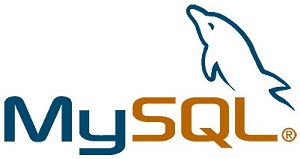I think we all have been in the situation before, you have some scanned documents in JPG or PNG format that you need to convert into a PDF file.
There are many solutions for this on the internet, including free sites that just does it for you if you upload your images, but they almost always put some kind of watermark on the pages if you don’t pay them.
There are also a bunch of Windows applications that do this, but they are often complicated or full of ads.
This guide show you a free solution on Linux, that just works, is fast, and does not add any crap to the PDF.
Continue reading



